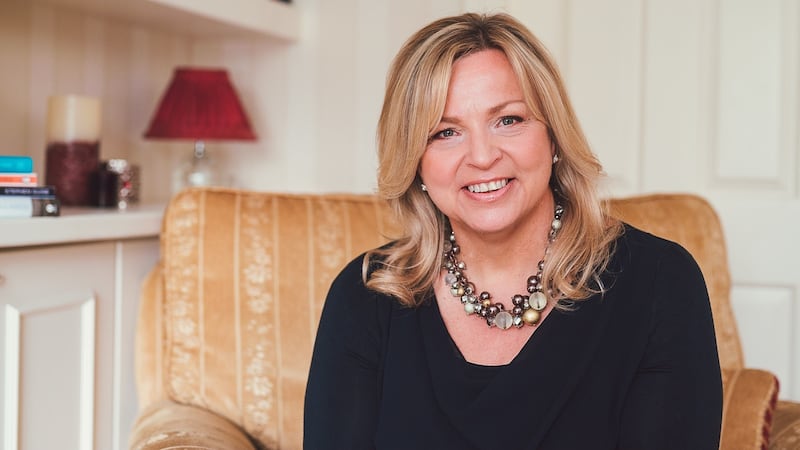Choosing to become a stay-at-home parent comes with a mountain of variables, questions, attitudes and worries. These thoughts are a natural transgression when going from a possible full-time career to a part-time income or depending on the children’s allowance. I’ve been there. I balanced the budget and saw a minus sign and weighed it up with the quality of life our kids would have in the long run with a parent at home.
A familial situation is complex and complicated when we throw in school runs, childcare costs and the dreaded summer holiday juggle. For some, becoming a stay-at-home-parent is the best option. It was for us. I work from home but that is rarely the issue. I am a stay at home mother, first and foremost. The mum at the school gate. It has never been questioned why I rock up at home time every day. The reason being, because even in 2019, the fact that I am Mum provides a sort of natural understanding that I might be there. Not Dad.
And yet, there are many dads who are more diligent than I am, standing at the school gates on time and not pushing it to the last minute as I do. Day in day out, they wait for the school bag, coat and slightly wet painted picture of a rainbow to be landed in their arms for the walk home.

The number of stay at-home-dads has been on the rise in recent year and yet our perception of men as the primary carer is a little further behind the times. We’re willing it to catch up without the veiled prejudice of a man’s masculinity being taken into question. But the low numbers taking up paternity leave or parental leave highlights the negative association which still hangs in the air about dad being at home full-time.
Susi Lodola, cognitive behaviour therapist and counselling psychotherapist, recognises that the past few decades have seen significant changes in the balance of work and family life for men and women. As Lodola says, "More mothers of young children are working than ever before and fathers are spending more time caring for their children. However, recent research showed that the gendered nature of early caregiving has not shifted dramatically and that caregiving, particularly of young children, is mainly viewed as a feminine territory."

How we view a man at home with the kids needs a change of focus and emphasis. In a study last year in the journal Psychology of Men & Masculinity, many stay-at-home-dads reported changes in their own attitude to masculinity and identity as they combatted mixed reactions from people. It is these outside influences, the stigma associated with being at home and the attitude that raising children is a very unmanly thing to do, which negatively affects the gender balance when it comes to being a stay-at-home-parent. However, dads also reported high levels of satisfaction in caring for their children which is the positive result we should focus on.
‘It was do your job or leave’
In a common story, stay-at-home-dad James Maynard received a negative reaction from his employer when he asked for paternity leave when his wife was due their baby. He was asked why he needed the time off work and felt obliged to provide a reason, which in truth is not necessary when it comes to a new dad's right for leave. Maynard's wife was due a caesarean section and with a toddler in the mix, he knew his place was at home to care for his children and wife in these new-born days.
“I was told, men don’t do childcare and pregnancy. To leave that to the women,” he says. “We were expecting twins and one died. My wife was sick. The baby was sick and our older child needed looking after. We had no other help from family. My wife struggled and so I was running to work and caring for them all, running a household and walking the dog!”
In the end, Maynard was given an ultimatum, the job or the family. “It was do your job or leave,” he says. “Even though I was doing my job and financially they had their best year in 15 years of trading under me, they couldn’t have a part-time manager. So, I left a well-paid job and brought both boys up so my wife could recover.”
Maynard loved being a stay at home dad and found a new vocation as a result. When the time came to enter the workforce again, he suffered an added insult to the idea of being a man and a child carer. He retrained in childcare but faced an uphill struggle as he felt he was viewed as an older man in a young female industry. He has felt the isolation, answered the questions and felt the prejudice of being a man caring for children, both his own and in a workplace setting. Now working in his children’s nursery, he continues in a job he loves despite the backlash he receives.

Even with our attitudes seemingly changing, it appears the idea of caring for children will remain a predominantly female role. This bias that a man must have a “real job”, that caring for children is a woman’s work has severe negative connotations on both our dads and our kids. Emasculating men comes from our attitudes, our beliefs about where a man should be. The stigma and isolation stay at home dads feel is helped along by society telling him he should be in the office or the gym and not the playground or knee deep in playdoh. Why should he not be in the home, raising children?
“Another study which centred around the experience of over 200 stay-at-home-dads,” says Lodola, “found that over half reported incidents of stigma and many experience social isolation. Stay at home fathers found it difficult to be accepted into playgroups and connect to other parents on the playground. This results in fathers feeling isolated and may spend long hours at home without adult interaction. Those findings would indicate that places where parents with children congregate are gendered towards maternal care.”
A dad has as much right and reason to be a stay-at-home-parent, to be the primary care giver and build that strong father-child relationship as much as a mother. If I could share this home carer role with my own husband, our children and ourselves could only benefit from the dual role.











